India is the world’s third-largest energy consumer, with energy demand projected to grow by 4.2% annually until 2035. The aim of National Policy on Biofuels is to increase the share of biofuels in India’s energy mix to 20% by 2030 by promoting the use of various biofuels. With the policy in place, oil marketing companies are expected to buy biofuels worth 1 lakh crore annually in the future for blending. The growth in the demand of biofuels is naturally going to increase the demand for the procurement of biomass, required for the production of biofuels.
Challenges of Biomass Procurement
Biofuel is made from biomass which is the residue obtained from agriculture (crops, livestock), food and beverage processing and wood processing sectors.
Traditionally across the developing and developed world, solid biomass has played an active role in rural areas to support the energy needs. Solid biomass like wood, charcoal, agricultural and forest residues, and animal dung have been used to generate energy. However, due to the crude methods used to extract energy, their use has led to increased pollution levels and deforestation issues. Hence, it is important to find alternative mediums for sustainable procurement and generation of biomass.
India has the second largest arable land in the world after the United States, thus making agriculture one good alternative source for the procurement of biomass beyond the industrial residue. However, the procurement of agricultural biomass poses multiple challenges.
- Is sufficient biomass available?
Agricultural biomass follows the cropping cycles, making it seasonal and difficult to ensure a consistent supply of biomass throughout the year.
- Is the necessary quality available?
Biomass materials can vary in quality based on factors such as moisture content and nutrient levels. This can impact the efficiency of biomass processing and the quality of the end product.
- Is the right procurement price available?
The price of biomass continues to fluctuate due to fluctuations in demand and supply, payment mechanisms and quality of biomass available.
- What is the proximity of collection centers to the sources?
Biomass is often collected from rural areas and may need to be transported over long distances to reach processing and distribution centers. This increases transportation costs and makes logistics more challenging.
- Is it economically viable?
Agricultural biomass is procured from commodities which are price sensitive. The dependency on external volatility impacts the overall economic viability of the procurement.
- What about feedstock?
Biomass feedstock, such as agricultural waste, may be in high demand for other uses, such as animal feed or soil amendment, which can make it more difficult to secure a consistent supply of biomass.
- What is the environmental and social impact?
The collection of biomass can have environmental and social impacts, such as soil erosion and disruption of local ecosystems. It is important to ensure that biomass procurement is carried out in a sustainable and responsible manner.
One of our clients is engaged in the procurement of biomass of crops like cotton, castor and others. The client is one of the largest conglomerates in India with diverse industries and businesses set up across the world in energy, petrochemicals, natural gas, retail, telecommunications, mass media, and textiles. They have made a commitment of going net-zero in the next decade.
Thus, it is important for the client to not just procure the agricultural biomass in the right quantities at the right price, but also ensure that the procurement happens in a sustainable manner to plan and execute for the net zero ambitions.
The client was completely dependent on the deployed field staff to regularly monitor the growth and health of the crops across three states in India. The problems they were facing with dependency on field staff for information collection are:
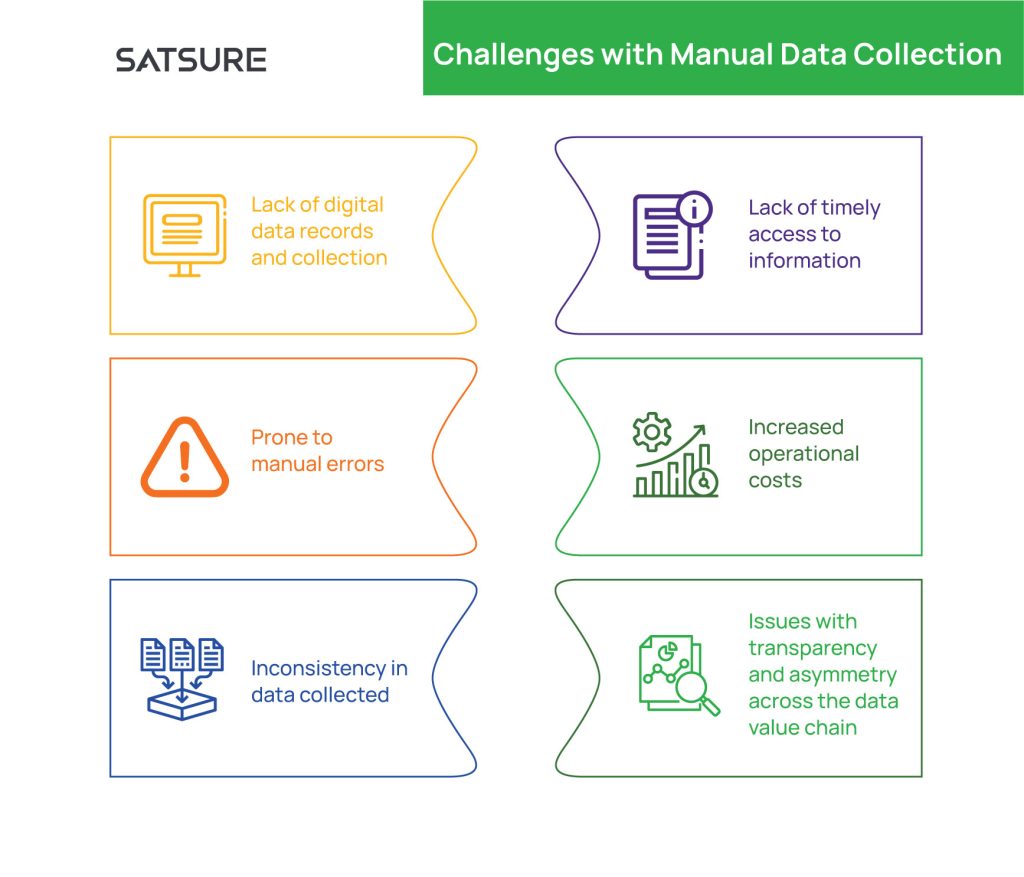
The client also referred to government records to assess crop information like cultivable area, historical crop performance, and crop production data, to name a few. However, the government data is only available at a certain regional level and lacks the required granularity at tehsil and village level.
Role of data, AI and satellite imagery in Biomass procurement
Satellite imagery based data analytics helps provide transparency across the cropping cycle. The access to archival data also helps understand the historical crop area, intensity and crop condition thus giving insights on both current and historical seasons in any region across the world.
Each challenge highlighted in the procurement of agricultural biomass has an element of data and information associated with it.
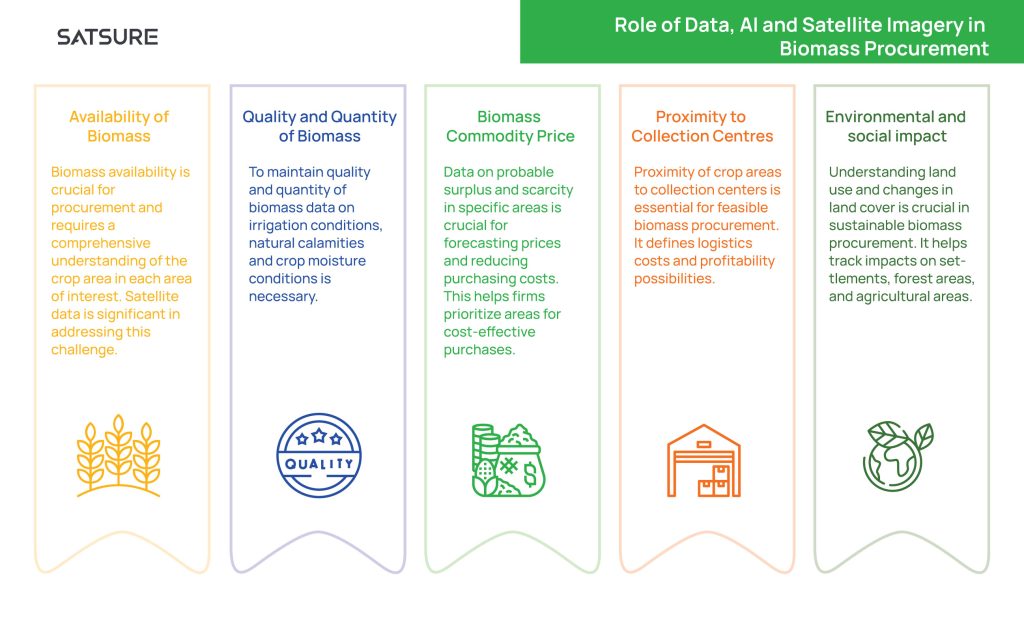
The client we worked with required a comprehensive solution that will provide them with accurate and precise crop data insights to solve for the above challenges. Post an understanding of the problem statement, pain points faced by the client and the decisions taken for procurement, we narrowed down on two key users who defined the procurement strategy of the client; Procurement Managers and Field Staff.
Procurement managers are responsible for planning and executing procurement strategies to source the maximum amount of biomass possible in a given season. Field staff is responsible for executing the plans provided by the procurement managers, and reaching the right location at the right time to help the organization get maximum biomass sourced.
Using SatSure Sparta for Efficient Biomass Procurement
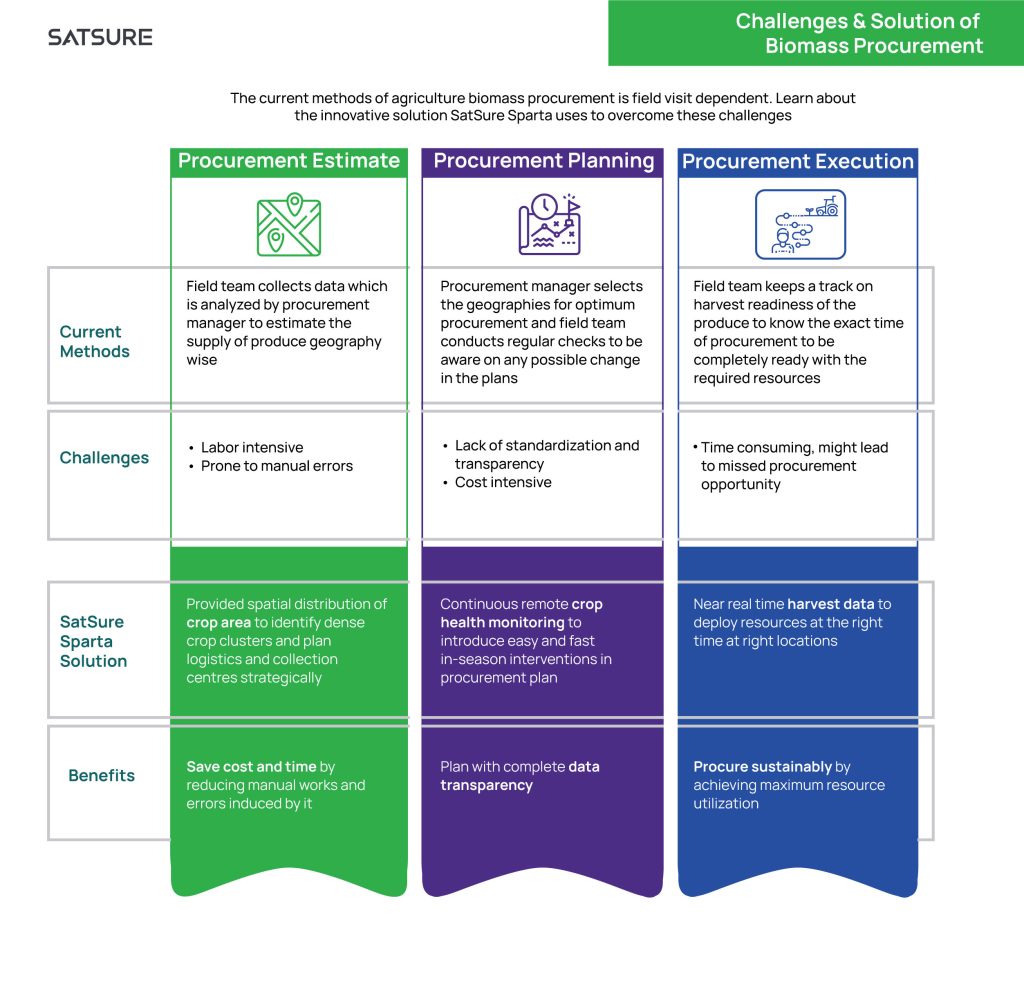
SatSure Sparta generates application-ready data products from satellite imagery derived from its proprietary AI and ML algorithms which was delivered to the client for the following data products:
- Crop area mapping
The procurement manager was able to identify areas where biomass was available and plan resources and collection centers based on the location and density of crops such as cotton, castor, and others.
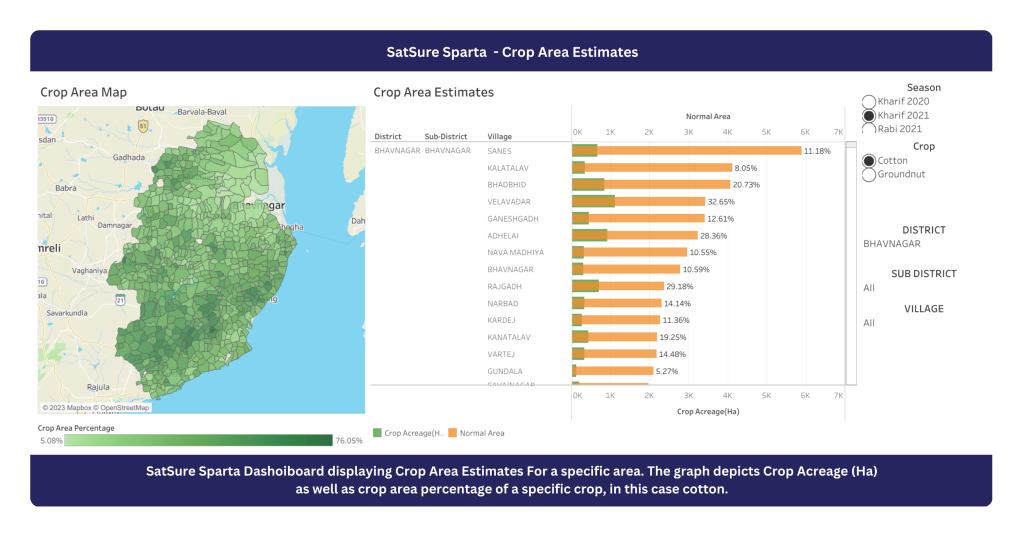
- Crop health and moisture monitoring
Continuous monitoring of crop health and moisture condition in the selected geographies aided procurement managers in maintaining quality and optimizing procurement plans as and when necessary.
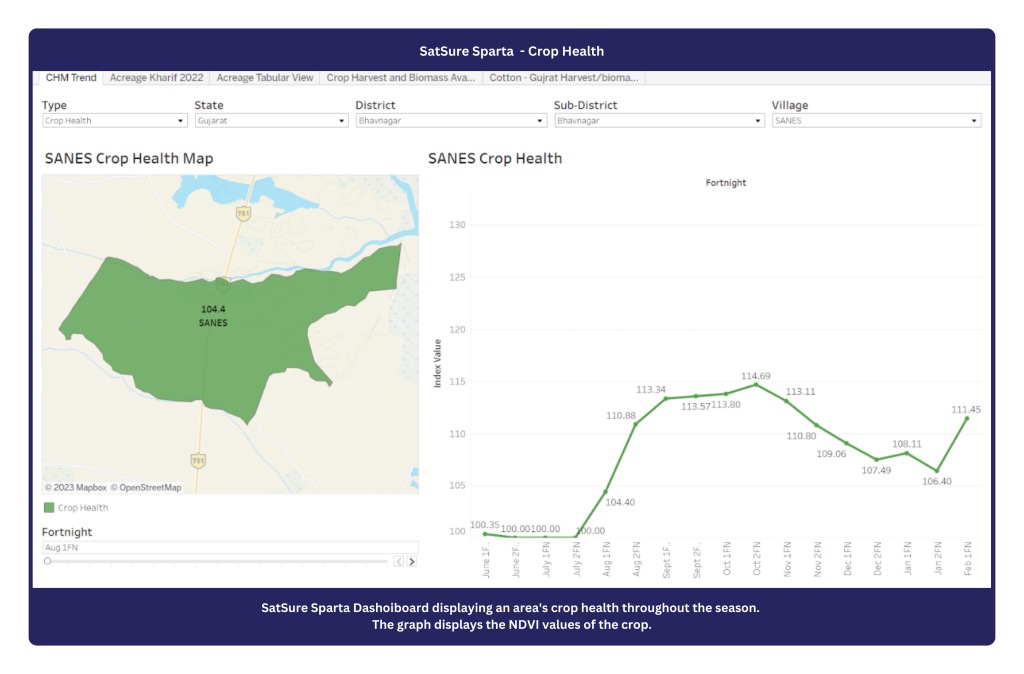
- Harvest area mapping
Crop harvest data is provided by satellite imagery by monitoring changes in vegetation cover and identifying harvesting areas. This information is used by the field staff to track the potential areas of crop residue availability for use as biomass and to plan the procurement of biomass and deployment of biomass collection resources.
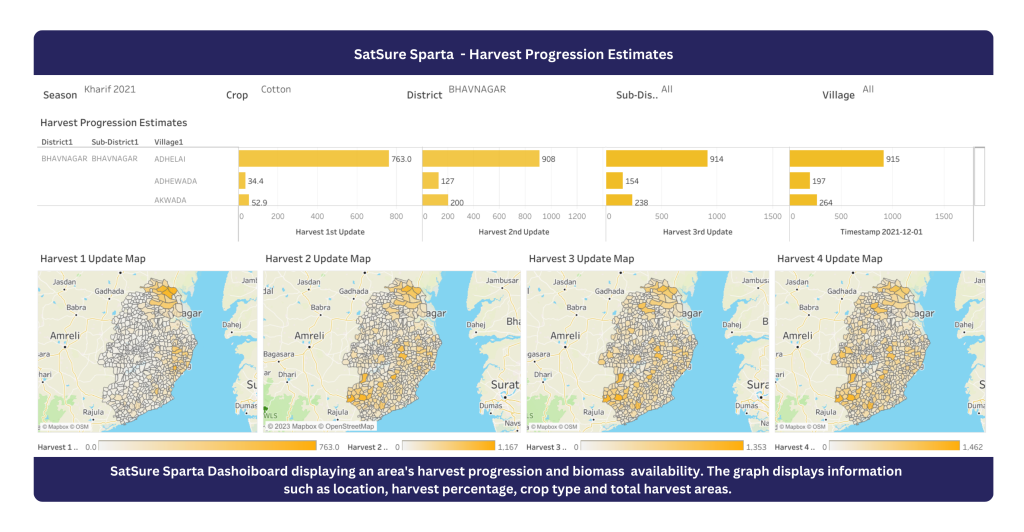
All the data products were integrated with a custom built dashboard. The intuitive user interface of the dashboard made it easy for the procurement manager and field team to plan and execute procurement operations effectively.
About SatSure Sparta
SatSure Sparta is operating on a data-as-a-service model enabling access application and API ready remote sensing data for building custom applications for agriculture and climate action use cases. The datasets can be easily accessed as APIs on SatSure Sparta.
To know more about SatSure Sparta and how it can help solve your biomass procurement challenges, click the link below.
Link : https://satsure.us4.list-manage.com/subscribeu=5f58400ff9d4d45443c1a4129&id=65ed5f7120

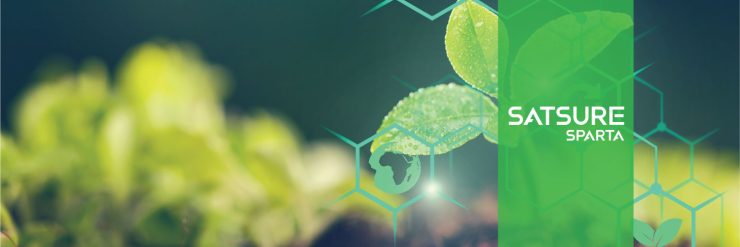
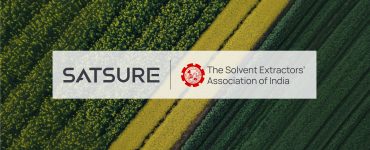
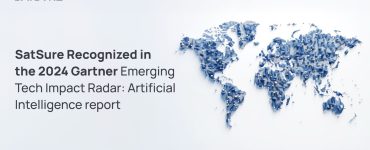

Add comment